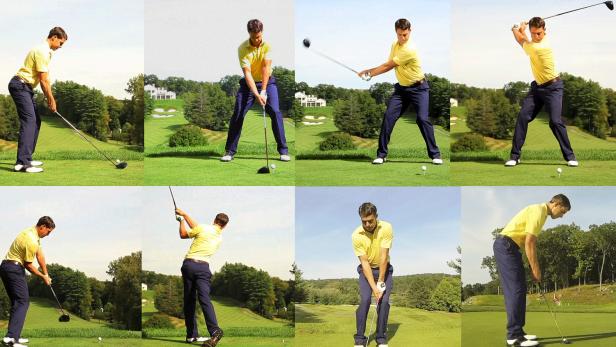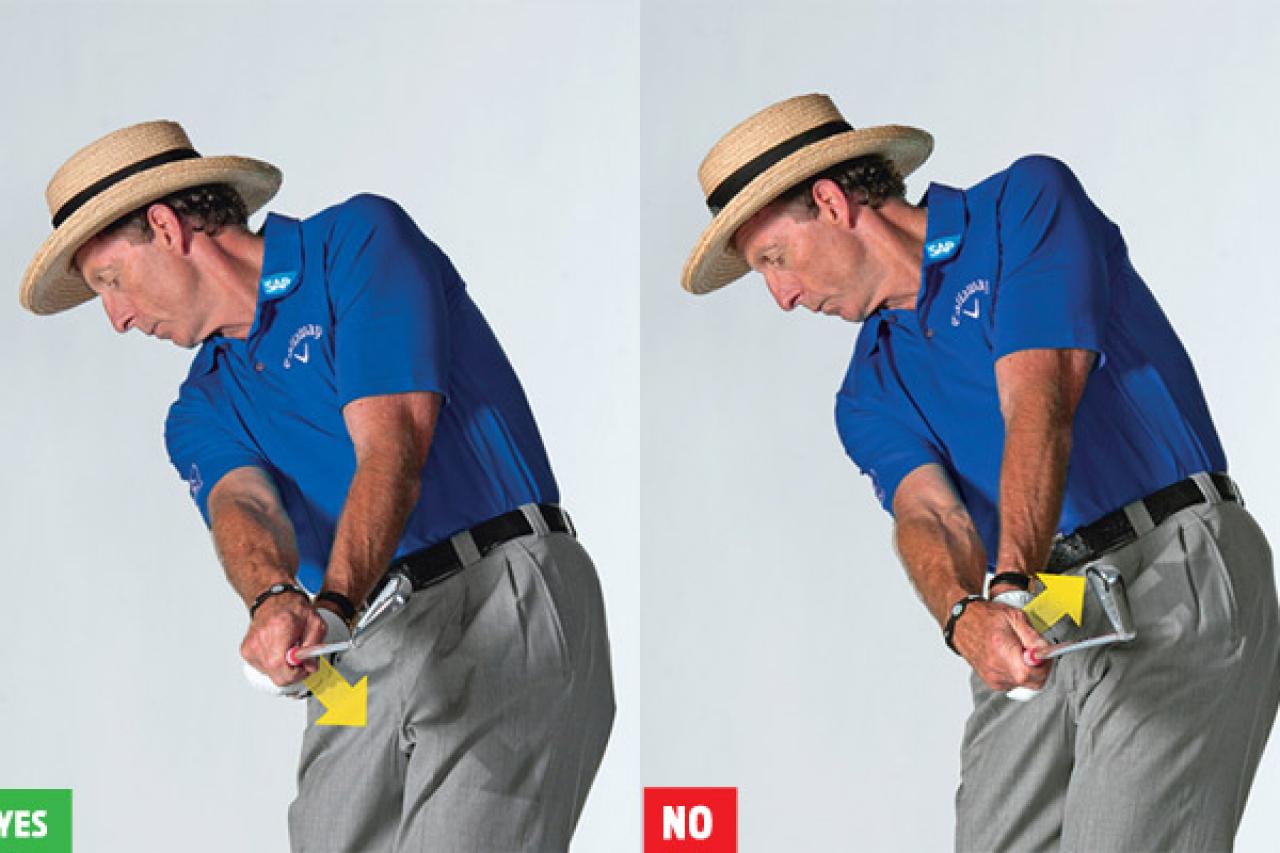
This guide is for beginners to golf. Learn about the rules of the game, how to warm up, and how to take turns with others. This will enable you to enjoy the game and increase your chances of success. You will also enjoy the social aspect to golf. This is why it's so great to play with your friends.
Beginner's guide to playing golf
The beginner's guide to golf will provide you with the basic information needed to enjoy this sport. It can also be useful for new players and offers additional information on various topics related to golf. No matter your level of golfing experience, golf can be a fun and enjoyable game. Golf is a highly popular sport around the world. The benefits include time spent in nature, and time with family members and friends.

Rules
You can start learning the Rules of golf by taking a course such as a golf 101 class. Whether you're new to the game, or simply want a refresher course, Rules 101 will introduce you to the basics of golf, terminology, and everyday situations. This class will prepare you for most common course situations, so you'll be well-prepared for most of the course. Rules 101 is the essential first step towards becoming an expert in the Rules.
Warming up
Golfers should warm up before hitting the greens. Warming up is a common practice for famous golfers. Not only will these activities increase your range of motion and improve your performance, they will also prevent injury and keep your body in the best possible condition. Find out more about how golf warm ups can benefit you. Below are some of the best golf warm up activities.
Turns
To ensure everyone is getting a fair amount of the action, it's a good idea to take turns when playing golf. You can help each other save time by letting someone else take the shot if you have your golf equipment ready. If you are the one who hasn’t hit a shot yet, you will get to play the hole in the first place. This is a great way to not interfere with another player.

Scoring
There are many methods of scoring golf depending on the game. For instance, match play scoring is based on the number of strokes a player takes. A stroke is worth a point. This award is given to the player who has made the fewest strokes on each hole. In match play, the scoring system is different than in other types of golf, and players are competing against each other hole by hole.
FAQ
How does golf score?
The scorecard has four sections: Stroke, Stroke Play and Par 3. Each category can further be broken down into strokes. A player must complete 18 holes (Par 72) to reach par.
The lowest score wins.
What happens after a round of golf is over?
At the end of a round, the player with the lowest score wins. If two players tie for first place they each win.
Three or more people can tie for first after 18 holes and they will share the prize money.
If there are two or more players who remain tied after 18 holes the tournament committee determines who will receive the prize money.
How much does a round golf cost?
You can expect to pay anywhere between $15-$30 per person. This price includes greens fees, cart rental and refreshments.
What is the best time of year to play golf?
Between May and September is the ideal time to golf. The weather is mild, there's no rain and it's generally not too hot.
The winter months can bring on extreme cold. Also, the snowfall makes it hard to walk the fairways.
In spring and autumn, the grass grows too high, making it hard to see the flagstick.
What is a bogey, you ask?
A bogey refers to a fictional number that is used as a target by golfers. It is not part of the game. Instead, it serves as a scoring system. The hole goes to the player who is closest to the number.
Jock Hutchison was the first professional Scottish golfer to invent the concept of a "bogey". The idea was formed while he was playing at home.
To keep track of his progress against himself, he put a number on a piece paper and attached it to his wall. This was known as the "Hutchy Bogey."
How is golf played?
Golf is played on 18-hole courses using the Rules of Golf.
The first stroke begins from behind the designated teeing areas. Players take turns hitting the balls into holes placed at various distances throughout the course. Each hole has a set number of strokes based on its distance from a teeing spot.
There are three types main shots in the game golf:
-
Players use clubs to hit the ball as far and high as they can in a drive shot. This type shot is often the most important.
-
Players must aim for the ball in a specific area of the hole when they attempt an approach shot.
-
A putt where players try to place the ball in the cup using rolling it along the ground.
Each hole must be completed by the player who has put all his/her putts in. For each putt not made, the player loses one stroke.
Players may also choose to play with a partner or caddy who will hold and carry their club during a round. Although the caddie does not have any role in the final outcome, they can offer advice and guidance about strategy and proper etiquette.
Statistics
- Buying a set of Titleist or Taylor-Made irons for nearly $1,000 is simply not necessary and likely a waste of money. (golficity.com)
- Professional golfers typically make between 60% and 70% of greens in regulation. (en.wikipedia.org)
- He shanked the first attempt, but it is estimated his second went more than 200 yards (180 m).[52]Golf courses worldwide. Below are the top 20 countries with the most golf courses as of 2019.[53]CountryNumber of (en.wikipedia.org)
- Professional golfers typically make between 60% and 70% of greens in regulation. (en.wikipedia.org)
External Links
How To
How to make a perfect swing in golf
A strong golfer understands how to play his game, and what he can do to improve. He must be able to identify the best clubs, grips or stances for his game and how to play them.
These are some tips to help you play golf well.
-
Start with the basics - Before you can start to practice your swing, it is important that you understand the rules of golf.
-
Practice makes perfect. - You can practice by going out in nature or indoors and hitting balls at a target. This gives you the opportunity to improve your form and technique while not causing yourself any harm. After you feel comfortable with your swing mechanics, start playing some golf.
-
Make sure you're ready - Before hitting any ball, check your grip, stance, posture, alignment, club choice, and the distance to the target. Adjust if you feel uncomfortable.
-
Keep it simple - Don't try to copy someone else's swing; take inspiration from great players like Tiger Woods, Phil Mickelson, Jack Nicklaus, Gary Player, Arnold Palmer, Ben Hogan, Ernie Els, Vijay Singh, Tom Watson, Sam Snead, Lee Trevino, etc. Because they have perfected their unique style, they are masters at what they do.
-
Use technology - Technology can help you improve your golf game. There are many apps available today that can help you analyze your swing, track your score, measure distances, and even give you advice based on your statistics.
-
Be consistent. When you practice, remember the following principles: * Focus on one aspect at a time. You should focus on only the short game drills if you are working on your shorter game. Mixing long game drills and short games drills is not a good idea.
-
Only one part of the body is important at a time. If you focus on your left arm and work hard, your right arm will be forgotten. It won't help you improve your overall game.
-
Always be truthful - Do not lie to yourself. You are cheating yourself if you believe you can do better than you actually are.
-
Play with your friends - This will help you improve your game. You will be more motivated if you have friends around.
-
Recognize your strengths, weaknesses and areas for improvement.
-
Have fun! Enjoy learning how golf is played. There is no "perfect" way to play golf. Even though you may never reach perfection, you'll still enjoy the journey.